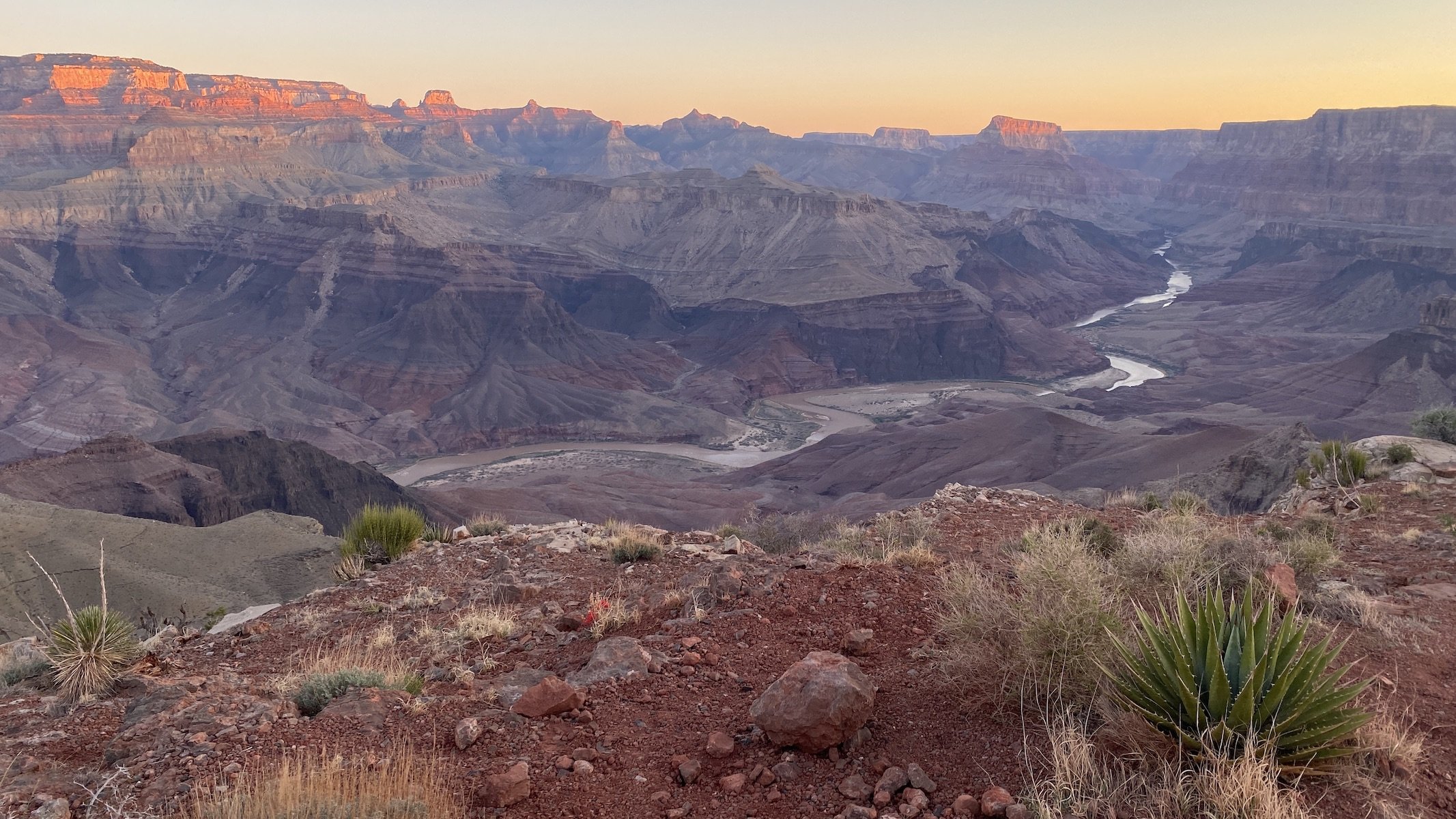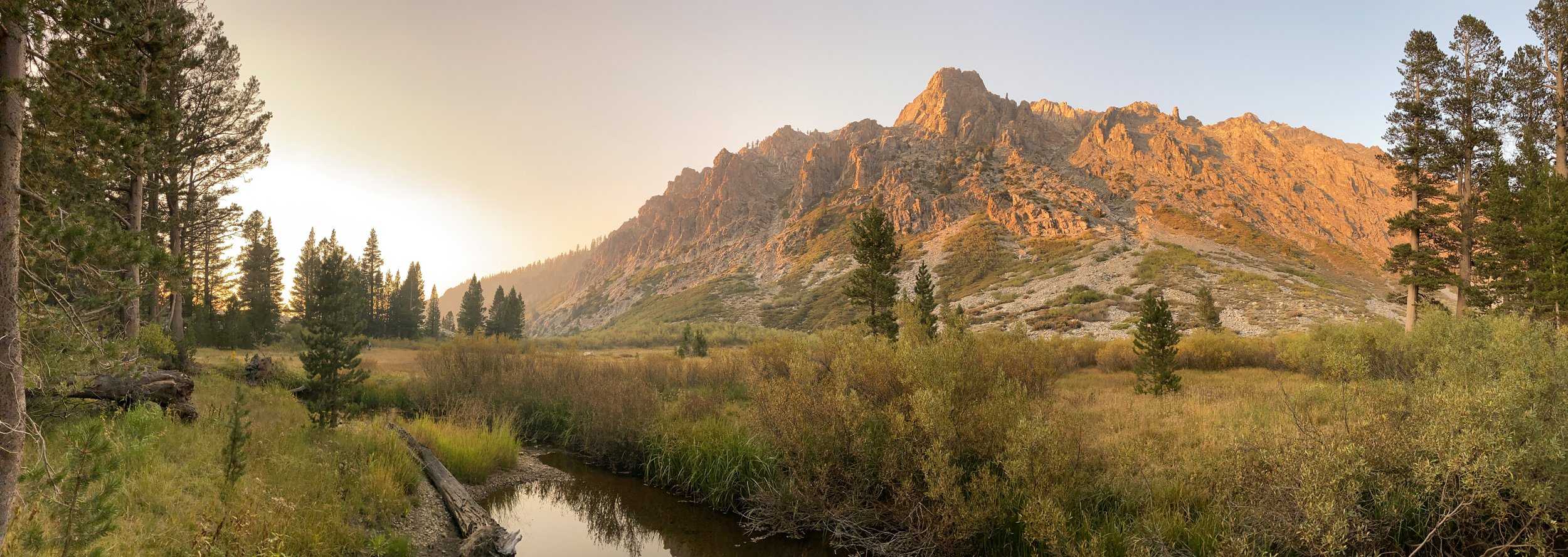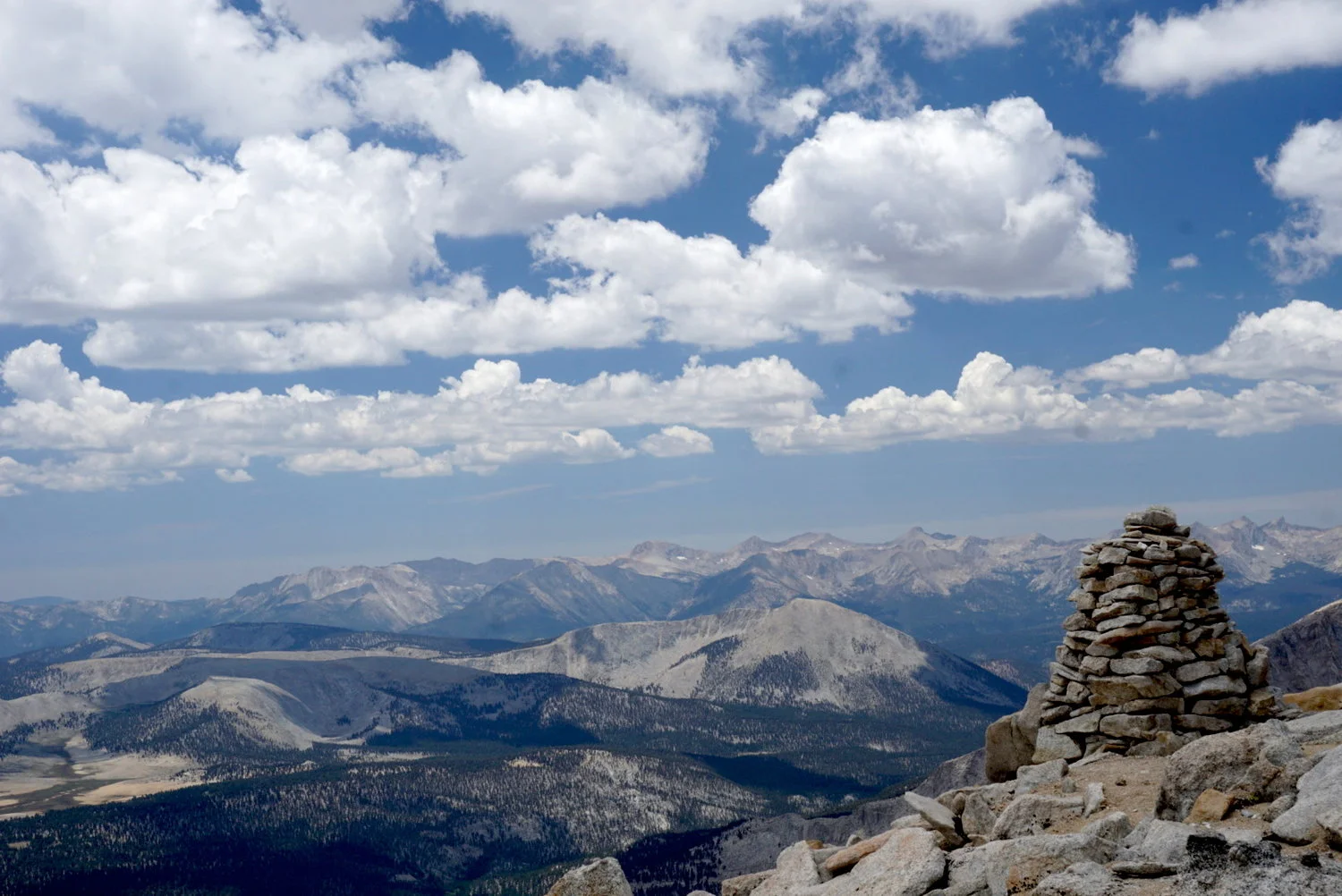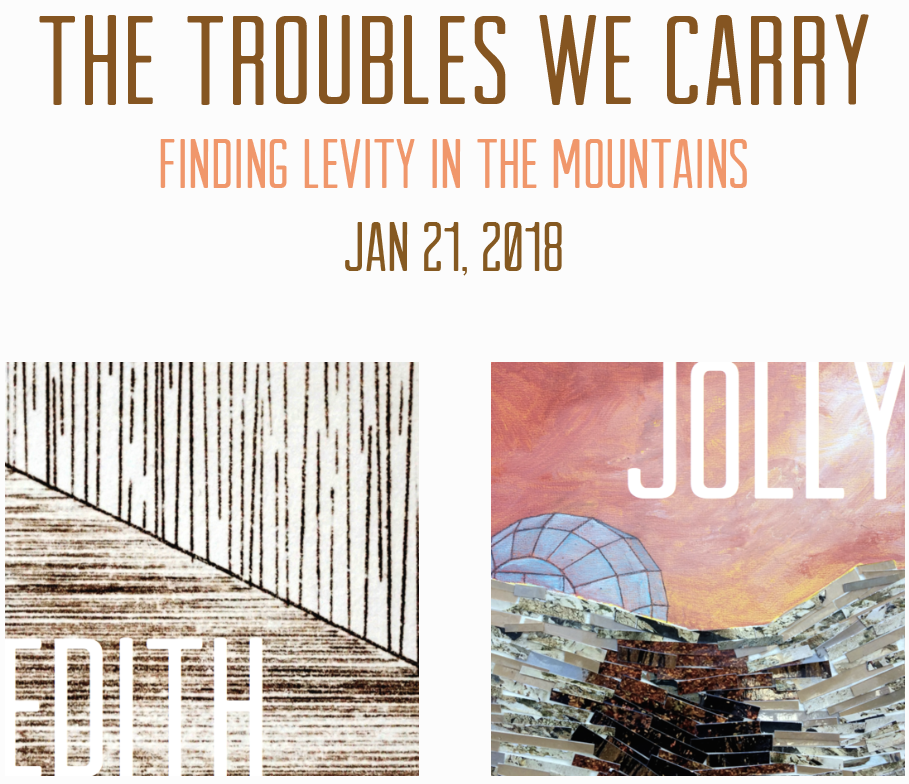Though I'm a mule deer by birth, at heart I'm a desert rat. That is to say that, while I would never trade the life-sustaining bounty that the oak woodlands and chaparral-covered mountains of my home provide, if given the chance to saunter off to an unknown place for a few days, I will gladly choose a desert landscape. What is it about these arid lands that draws me in? In part, it's the elegant simplicity of the landscape -- no towering trees, no verdant, superfluous overgrowth under every fallen log, no view obscured by heavy fog. In the desert, an invisible hand seems responsible for placing each rock and plant just exactly where it belongs, like a sparsely choreographed dance forever fixed in place. But what calls me to the desert even more is the simple fact that every living thing there has an innate will to live that's stronger than anywhere else.
Lucky for me, E+J share a similar curiosity for the desert. And so we found ourselves exploring a few less-traveled corners of the Colorado Desert of Southern California over Memorial Day weekend.
Mecca Hills Wilderness
Located south of Joshua Tree National Park, the Mecca Hills Wilderness is a badlands labyrinth of eroding rocks, serpentine slot canyons and sandy washes. It was designated in 1994 and is managed by the Bureau of Land Management (though "managed" may be a bit of an overstatement, as BLM lands are often stewarded with a rather laissez faire approach).
Box Canyon Road traverses the main section of Mecca Hills from the southwest, near the agricultural towns of Mecca and Thermal, to the northeast near the National Park. The road is paved and can be driven in about 20 minutes, but exploration by foot reveals this area's interesting geology, flora and recent human history (two old TV tubes and a glistening porcelain toilet were among the items we found discarded along the washes).
From Box Canyon, we followed the 5-mile, unpaved Painted Canyon Road to its end, where we picked up the trail to Ladder Canyon -- so called because of the ladders that allow hikers to go up or down steep, dry waterfalls that would otherwise be impassible. The hike begins in a wash and leads hikers past a large rockfall into a narrow slot canyon and up a ridge that offers views of the canyons and Salton Sea.
Dispersed camping is allowed in Mecca Hills Wilderness. There is no fee.





Salton Sea
We continued south to the Salton Sea, which was created by man's folly in 1905, when the entire flow of the Colorado River was accidentally diverted to this area for a period of 18 months. When engineers finally rediverted the river, the Salton Sea was 45 miles long and 20 miles wide. This low-lying area is a natural trough for the surrounding lands, and historically it held water during certain periods -- just not nearly as much as it has in the past hundred years. More than a century after its accidental creation, the Salton Sea is still a massive, saline water body in an otherwise arid land. It is an essential stopover along the Pacific Flyway and provides a plentiful buffet of fish and insects for visiting birds.
In the 50s and 60s, the Salton Sea became quite the tourist destination -- an oasis in the desert. Real estate was bought up all around the sea and tourists flocked to it in droves. But the boom didn't last. Rising salinity coupled with mounting pollution from agricultural runoff began making the water less and less hospitable to both tourists and wildlife. An unbearable stench would occasionally waft from the sea -- a phenomenon that still happens today. Two hurricanes in the 70s were the final nails in the coffin, destroying much of the development on shore, and with it, any dreams of the Salton Sea becoming a go-to resort destination.
Today, with little freshwater to replenish water lost to evaporation, salinity continues to rise and pesticides and fertilizers continue to contaminate the sea. We asked the state park ranger whether the surrounding agricultural lands are subject to any special regulations to prevent pollution and were somewhat shocked to get a nonchalant response: "No, I don't think so. It's a big body of water and any contamination just gets diluted." Dead fish litter the shore (apparently a cyclical phenomenon not related to toxicity but rather periodic algal blooms that strip the water of much-needed oxygen). That in itself is shocking enough, until you realize that the white sand you thought you were walking on is actually trillions of tiny fish bones that have accumulated over decades.
The human side of the story is equally depressing. Decaying buildings and a virtually nonexistent economy make this a fascinating but sad place to visit -- a post-apocalyptic wasteland.





Salvation Mountain & Slab City
We continued south along Highway 111 to Salvation Mountain, a massive folk art installation created by a man named Leonard Knight over 2 decades using adobe clay, donated paint and his love of god. An exploration of the monument and adjacent hand-crafted structures reveals grottos, tree trunks used as decorative beams, a car door used as a skylight, and countless unique, whimsical details in every nook and cranny. It is a wildly colorful juxtaposition to the drab surroundings and is infused with the theme of love, which recurs throughout. Leonard Knight died at the age of 82 in February 2014, but Salvation Mountain lives on through donations (of paint and dollars) and the labor of devoted volunteers who maintain it.
Near Salvation Mountain we visited Slab City, a decommissioned marine barracks that serves as a free and unregulated campground for thousands of squatters and "snowbirds" (people from northern climates who spend time in warmer climates during the winter months). Together with Salvation Mountain, Slab City and its outdoor performance venue, The Range, were featured in the Sean Penn film Into the Wild.
Concrete slabs that remained after the site was abandoned by the US government give the place its name. We visited in late spring, temperatures already hovering around 100. The population had deflated from the high season in winter, leaving only a few dozen hardcore, year-round residents to endure dry, scorching temperatures -- a conscious choice for many who prefer to exist free and untethered in this unforgiving land to living a life of conventional comforts tied to modern obligations.











For more travel photos, please follow us on Instagram (user: dearantlergram).































